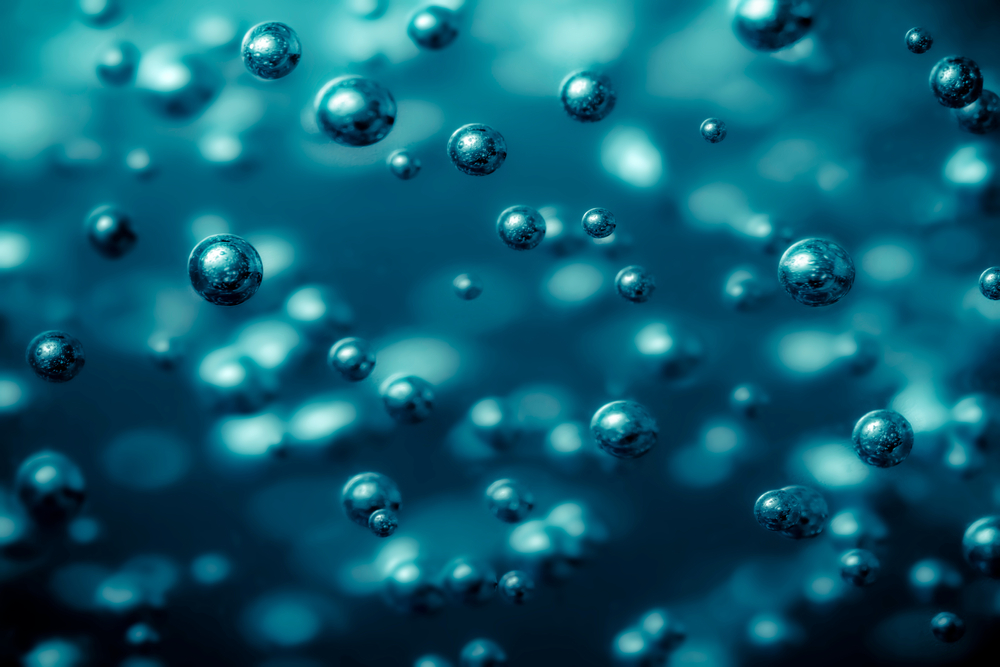August 8, 2025

Hydrogen is becoming a cornerstone of the clean energy transition, with growing focus on scaling up clean production methods. PEM electrolysis (Proton Exchange Membrane) offers a flexible and zero-emissions approach to generating green hydrogen by splitting water into hydrogen and oxygen. Achieving and maintaining the correct operating temperature is essential for maximising hydrogen efficiency. Conventional systems often depend on waste heat or electric heating, which can introduce inefficiencies and additional costs. At Geo-Engines we apply stable low-grade geothermal heat to maintain optimal operating temperatures, enhancing system efficiency and supporting the long-term scalability of geothermal hydrogen production.
PEM electrolysis is a well-established method for producing high-purity hydrogen through the electrochemical splitting of water. The process uses a solid polymer electrolyte to transport protons from the anode to the cathode, where they combine with electrons to form hydrogen gas. While electrical input drives the reaction, thermal energy is also essential to maintain optimal stack operating of temperatures typically between 50°C and 80°C.
Precise temperature control within this range is critical for minimising ohmic losses, ensuring membrane conductivity and maximising hydrogen efficiency. However, conventional PEM systems often rely on auxiliary electric heaters or inconsistent waste heat sources, both of which introduce inefficiencies and increase system complexity.
At Geo-Engines, we address this challenge with a targeted solution. By supplying stable, low-grade geothermal heat directly to the electrolysis system, Geo-Engines enables efficient thermal management without the need for external heating infrastructure. This improves overall system performance whilst reducing parasitic energy losses and supporting continuous, scalable operation, making geothermal integration a technically compelling pathway for high-efficiency PEM electrolysis.
Thermal management is a critical yet often overlooked factor in the performance of PEM electrolysis systems. To maintain optimal efficiency, electrolysers require a consistent supply of low-grade heat to keep stack temperatures within the ideal operating range. Conventional approaches typically rely on waste heat recovery or resistive electric heating. Both methods present limitations: waste heat is often intermittent and difficult to integrate, while electric heaters increase system complexity and energy consumption. These constraints make it challenging to achieve stable temperature control, resulting in performance losses and reduced overall hydrogen efficiency.
At Geo-Engines, we solve this problem by delivering a continuous and controllable supply of geothermal heat, specifically matched to the thermal requirements of PEM electrolysis to support stable operation and maximise efficiency.
At Geo-Engines, our approach is built around the precise thermal needs of PEM electrolysis. By harnessing low-grade geothermal heat from subsurface sources, we provide a stable and predictable thermal input that aligns with the optimal stack temperature range required for high-efficiency hydrogen production. Unlike waste heat which is often inconsistent and difficult to synchronise with electrolyser demand, or electric resistance heating which adds to energy consumption and system complexity, geothermal energy offers a reliable and self-contained solution.
Our systems are designed as closed-loop units, engineered to deliver consistent heat output while maintaining minimal environmental disruption. This configuration requires only a small surface footprint which makes it well-suited for both distributed and large-scale hydrogen production facilities. The geothermal heat is integrated directly into the system’s thermal management architecture, reducing reliance on auxiliary heating components and lowering overall parasitic energy consumption.
This seamless integration boosts hydrogen efficiency while simplifying thermal management and improving system resilience over long operating cycles. It also strengthens the commercial case for geothermal hydrogen by enabling a more scalable and cost-effective deployment pathway. For hydrogen professionals focused on operational reliability and lifecycle performance, the Geo-Engines model offers a technically advanced, thermally optimised solution that supports long-term viability and impact.
Enabling the Next Phase of Hydrogen Deployment
Geothermal heat provides a consistent, low-grade energy source that addresses the limitation of temperature stability in PEM electrolysis. At Geo-Engines, we offer a technically advanced solution that improves hydrogen efficiency, reduces operational complexity and supports scalable deployment of geothermal hydrogen. Our closed-loop systems are designed with long-term performance and commercial viability in mind. We welcome conversations with collaborators, site developers, and industry partners. Get in touch to explore how we can work together to advance clean hydrogen.
